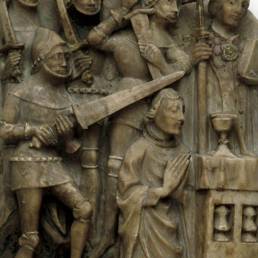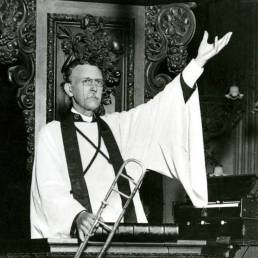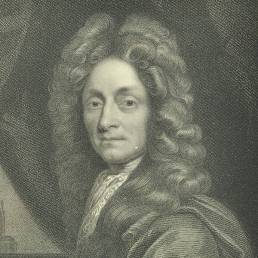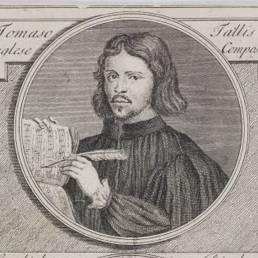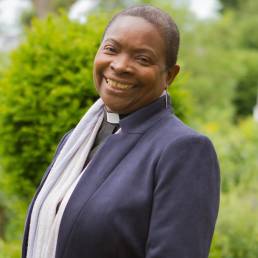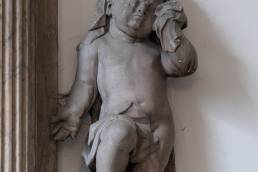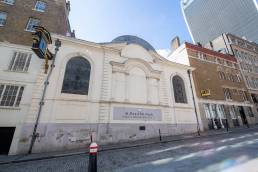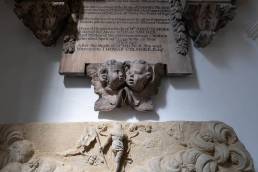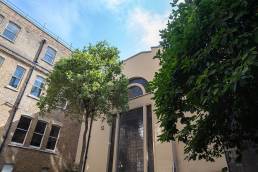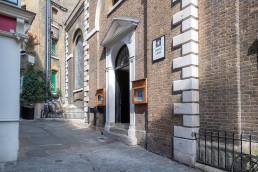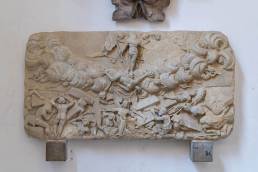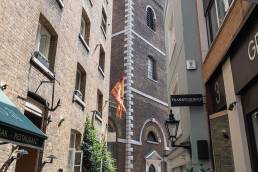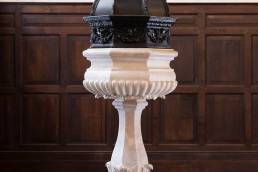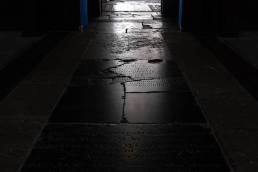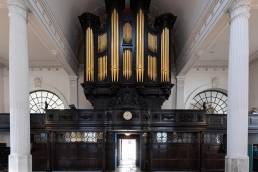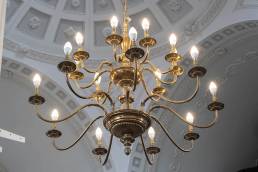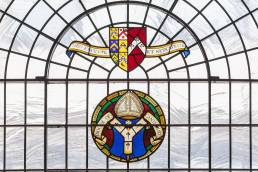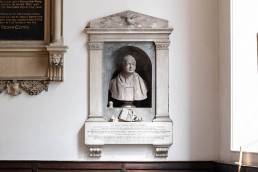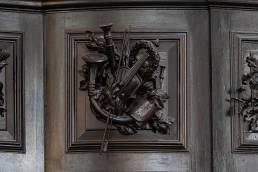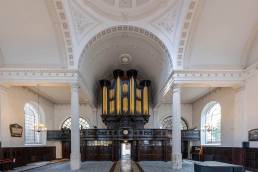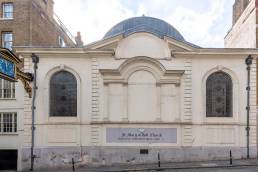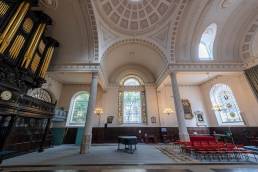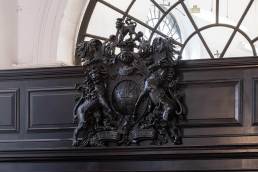Find out more about the people who have madethe church such an important building.
Find out more aboutthe people who havemade the church suchan important building.
Thomas Becket
The most famous individual connected with the medieval St Mary-at-Hill is Thomas Becket (1119/20-1170), who is recorded as a ‘person’ here by a Tudor historian. Born less than a mile away, Becket became the Archbishop of Canterbury in 1162 before being murdered on the orders of King Henry II in 1170, and then made a saint.
Wilson Carlisle
Amongst notable clergy was Wilson Carlile (1847-1942), Minister from 1892 to 1926. Carlile often preached from the pulpit and encouraged everyone to come to the church with lantern shows and singing, and the playing of his trombone. Carlile was founder of the Church Army, where he trained ordinary people to reach those excluded by the church.
Robert Hooke
Robert Hooke (1635-1703) is also credited with the redesign of St Mary-at-Hill church after the Great Fire and was also a well-known scientist, inventor, and architect.
Thomas Tallis
Little is known of the early life of Thomas Tallis who was probably born in the latter part of the reign of Henry VIII, possibly in Kent. What is clear is that by 1536 he was being paid as either a choral singer or an organist at St Mary-at-Hill. Records show that Thomas Tallis was still being paid in 1538 before moving to Waltham Abbey in Essex, and later on to serve at the Chapel Royal. An active teacher, composer and organist, Thomas Tallis later died in Greenwich in 1585.
As well as these individuals associated with the church in life, many were also buried in the church and churchyard. In 1846, the churchyard was officially closed, and all human remains sympathetically moved to West Norwood Cemetery in south London. There are also many ordinary people who worshipped and worked in this church whose names are documented in church registers, books of accounts and on the memorials that surround the church interior.
